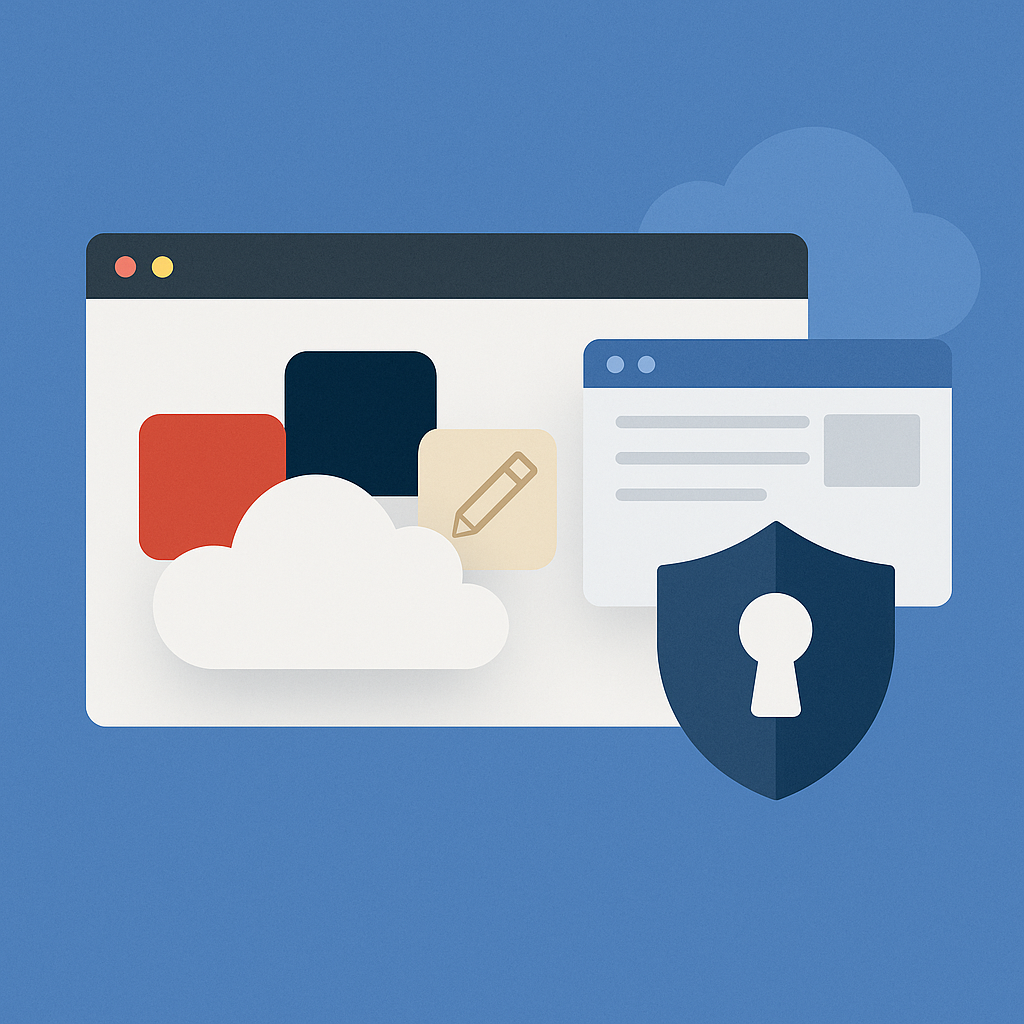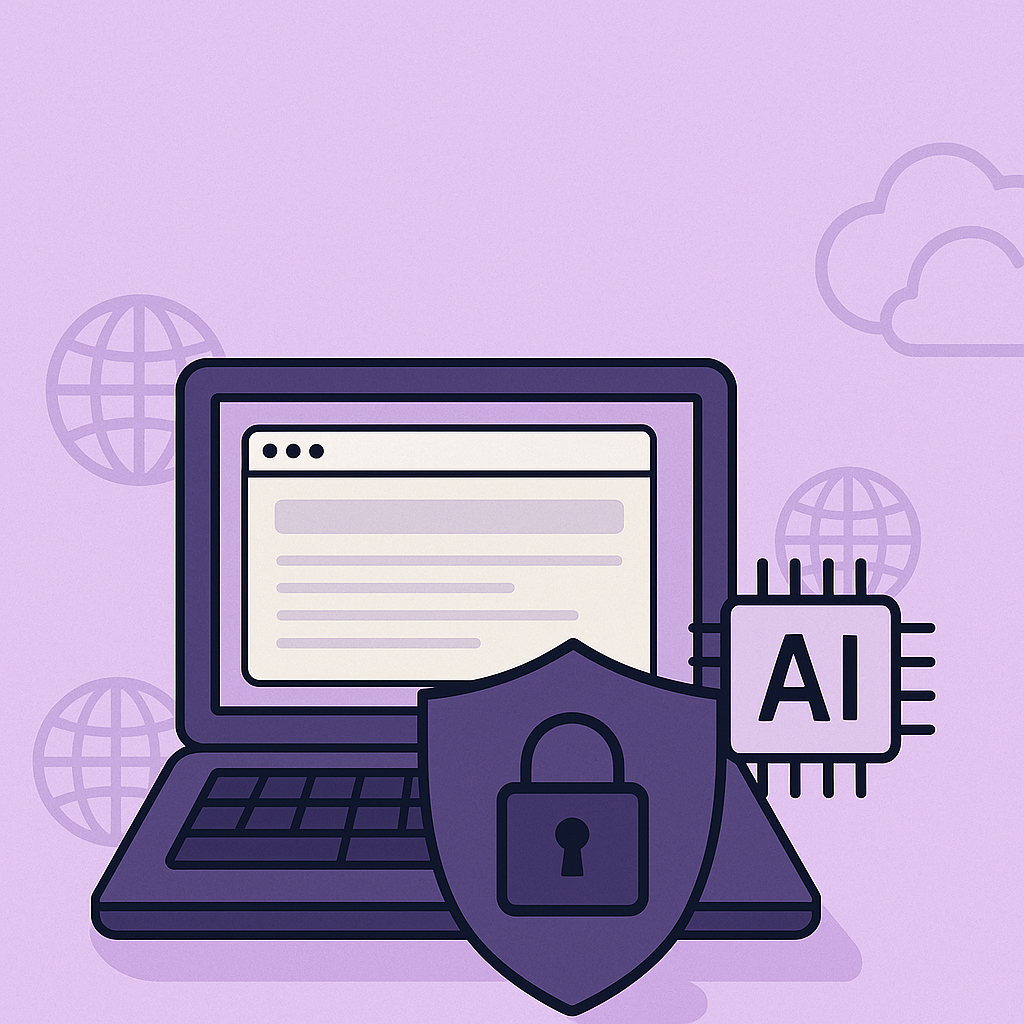This year, your biggest classroom risks aren’t just behavior, test scores, or tech adoption.
They’re happening inside the browser that your K12 students are using everyday.
So what’s changed and what should you be on the lookout for within your schools?
-
Students using AI to cheat. 1 in 3 teachers reported catching students using AI to cheat within the first semester of ChatGPT’s release.
-
Unapproved Chrome extensions bypassing filters. Over 70% of Chrome extensions don’t disclose how they use data, creating unknown risks in the classroom.
-
Staff/teachers installing risky tools with good intentions. 96% of districts use edtech platforms that collect student data, but only 25% conduct regular privacy reviews.
-
Personal data exposed on-screen during instruction. 60% of educators say they’ve accidentally exposed student information while sharing screens or using instructional tools.
Online testing that’s too easy to manipulate. Tools like ChatGPT and browser exploits have made traditional lockdown browsers less effective, especially in 1:1 environments.
The hard part? You’re not the IT director. But you’re still accountable when things go wrong and need visibility.
What You Can Do (Starting Now)
Knowing what could be a potential threat and what to look for with either student or staff use you can make changes today. You don’t need to know code. You need control. There are tools that can give principals simple, powerful tools to lead with confidence, like itopia’s SecureClass.
1. Stop AI Cheating Before It Starts
Problem: Students use ChatGPT-like tools to write essays, solve problems, or impersonate others.
What you can do: Use a platform that blocks known AI tools during testing and assessments. This will let you and your staff have control over when AI is allowed vs. restricted during class time.
2. Control What Gets Installed on Devices
Problem: Teachers and students can install Chrome extensions that introduce risk on their one to one or school devices without IT or you knowing!
What you can do: Using a tool like SecureClass, you can decide which extensions to allow, block, or restrict by user, group, or purpose. No IT ticket needed.
3. Protect Student Data On Screen
Problem: Names, grades, and sensitive info are visible during instruction and online tools and you might not even know it.
What you can do: Auto-mask on-screen PII, preventing data exposure during lessons, AI use, or screen sharing.
4. Lock Down Testing Without Locking Down Learning
Problem: Secure assessments and locking down AI can often come with disruptions to learning but issues are on the rise, so where is the balance?
What you can do: SecureClass locks tabs, disables distractions, and blocks risky tools only when needed. Allowing your staff to dictate how AI is used and when, giving complete control of their classroom and student AI use.
5. Support Teachers to Use Tech Safely
Problem: Teachers are overwhelmed by what’s “approved” or “risky.” AI has grown exponentially and it is understandably hard for all staff to be in the know with the latest concerns and advances in AI. 65% of teachers say they feel unprepared to navigate AI tools in the classroom.
What you can do: Train your staff on AI today and equip them with a tool that allows them to explore AI knowing student data is protected, and you have oversight if something goes wrong.
Start with a building-level pilot.
Let’s protect what matters, without slowing anything down. Click here to learn more.



